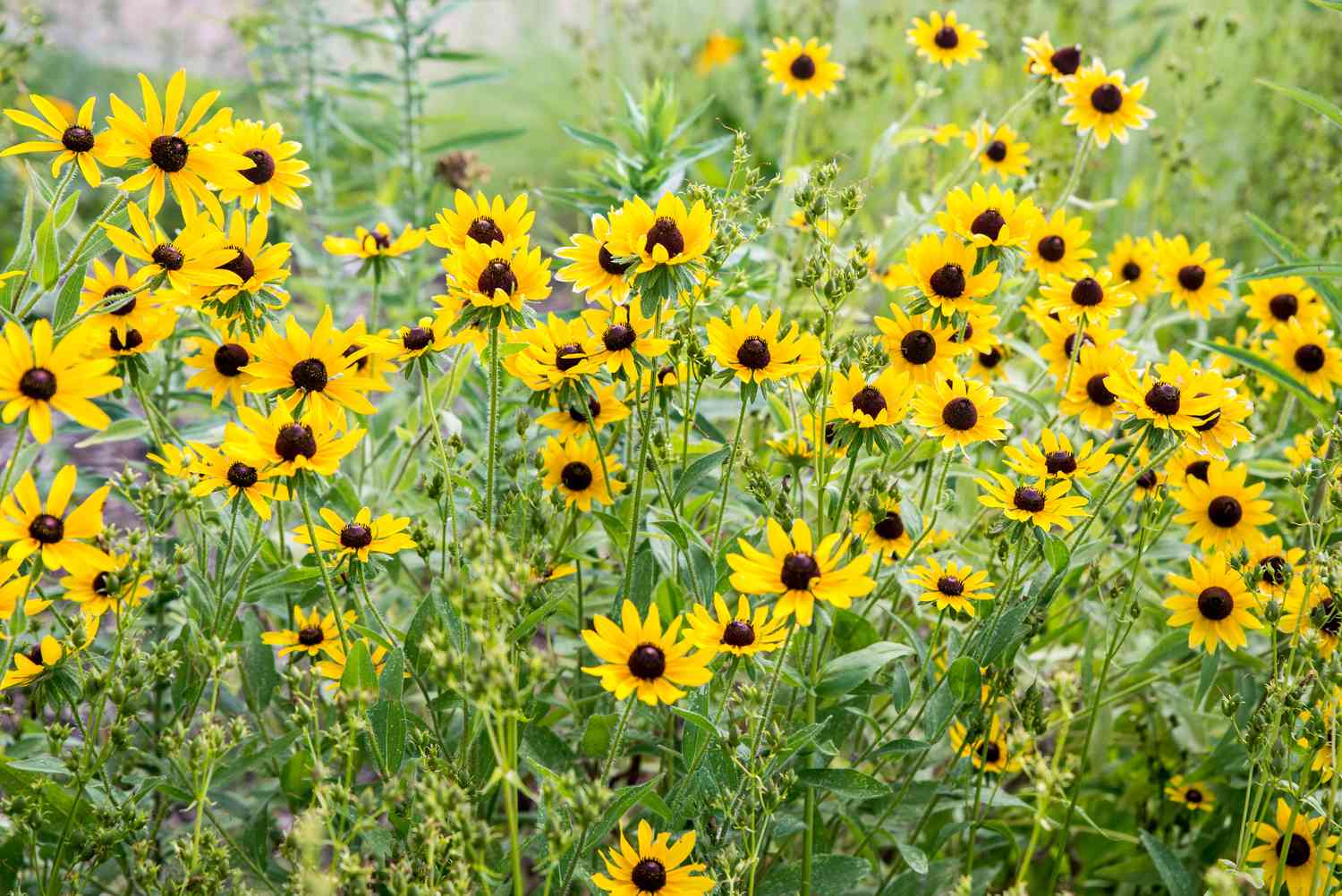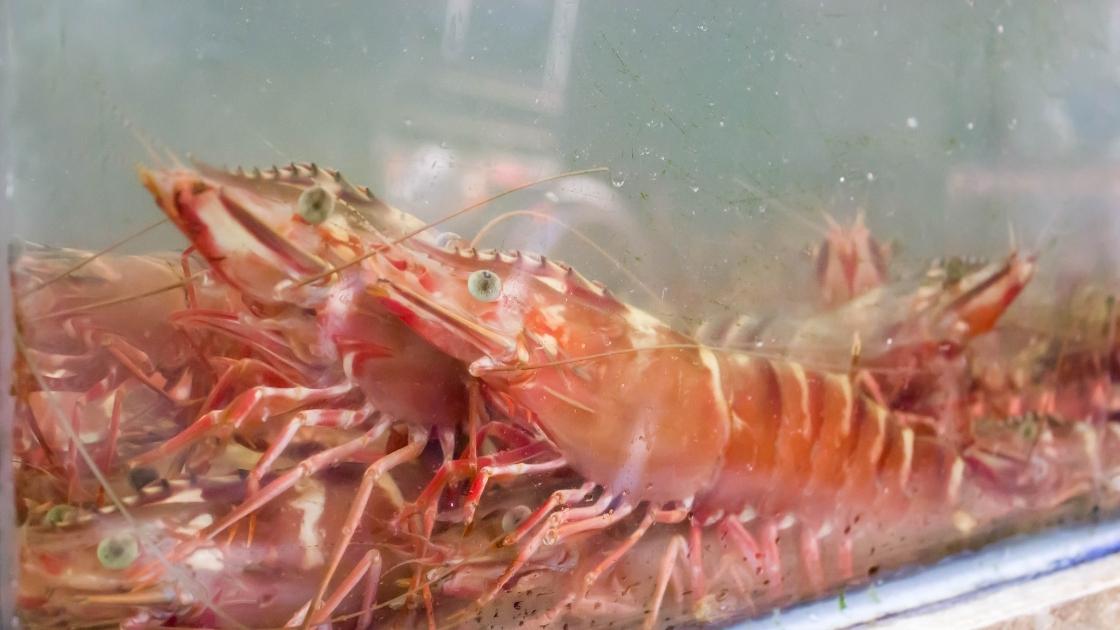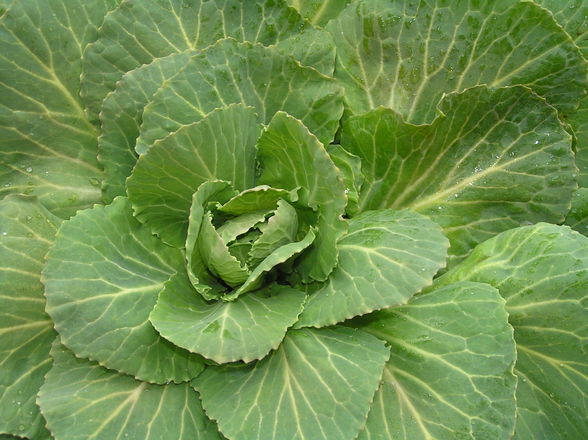Black-Eyed Susans, scientifically known as Rudbeckia hirta, are beloved wildflowers that grace gardens, meadows, and landscapes with their cheerful blooms. These native North American perennials are adored for their bright yellow petals and distinctive dark brown centers, which resemble a pair of intriguing black eyes. In this article, we will delve into the world of Black-Eyed Susans, exploring their characteristics, cultivation, symbolism, and their role in supporting pollinators and wildlife.
Section 1: Characteristics and Appearance
- Blossoming Beauty: Black-Eyed Susans feature vibrant yellow daisy-like flowers with a dark central cone-shaped disk. The petals radiate from the center, creating a striking visual contrast and a warm and welcoming appeal.
- Robust Perennials: These hardy plants typically reach heights between 1 to 3 feet (30 to 90 centimeters) and exhibit a clumping habit. Their foliage consists of lance-shaped, deep green leaves that provide an attractive backdrop to the bright blooms.
Section 2: Cultivation and Care
- Sun and Soil Requirements: Black-Eyed Susans thrive in full sun to partial shade, although they tend to produce the most abundant blooms when exposed to ample sunlight. They are adaptable to various soil types, but well-draining soil is preferable.
- Planting and Propagation: Black-Eyed Susans can be grown from seeds or transplants. Sow seeds in early spring or autumn, while transplants can be placed in the ground during spring. Space them adequately to allow for proper air circulation and growth.
- Watering and Maintenance: Once established, Black-Eyed Susans are relatively low-maintenance plants. They have moderate water needs and can tolerate dry conditions. Regular deadheading of spent flowers promotes prolonged blooming and prevents self-seeding.
Section 3: Symbolism and Cultural Significance
- Symbol of Perseverance: Black-Eyed Susans are often associated with qualities such as resilience, determination, and steadfastness. They symbolize endurance and the ability to overcome challenges, making them popular choices for gifts and displays during significant life events and achievements.
- State Flower and Official Symbol: Black-Eyed Susans hold special significance in several U.S. states. They are the state flower of Maryland and also serve as the official flower of the National Grange, a prominent agricultural organization.
Section 4: Ecological Importance and Wildlife Support
- Pollinator Magnets: Black-Eyed Susans attract a variety of pollinators, including bees, butterflies, and other beneficial insects, with their nectar-rich flowers. Their presence in gardens helps support pollinator populations and contributes to overall ecosystem health.
- Wildlife Nourishment: The seeds of Black-Eyed Susans are a valuable food source for birds and small mammals. These plants provide sustenance during late summer and fall, aiding in the survival of wildlife during periods of food scarcity.
Conclusion: Black-Eyed Susans, with their vibrant yellow petals and dark central cones, bring a splash of color and joy to gardens and landscapes. Their resilience, cultural symbolism, and role in supporting pollinators and wildlife make them cherished additions to outdoor spaces. Whether adorning flower beds, borders, or wildflower meadows, Black-Eyed Susans are a true symbol of summer’s delight, captivating both nature enthusiasts and casual admirers alike with their beauty and ecological significance.



